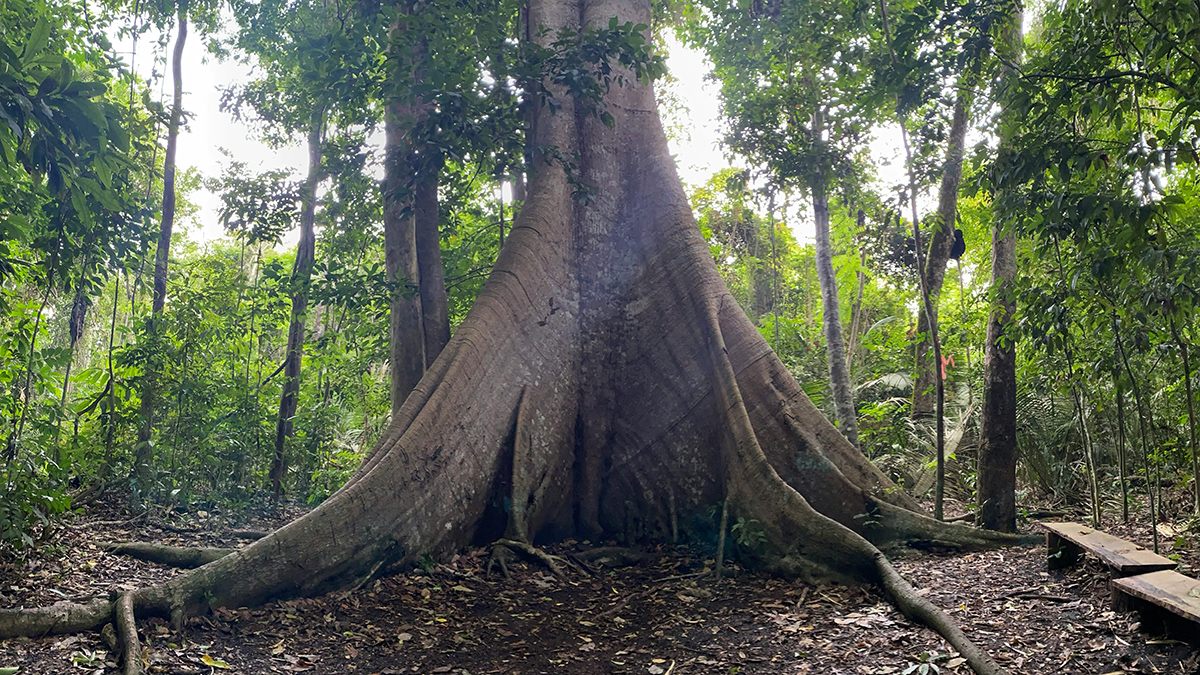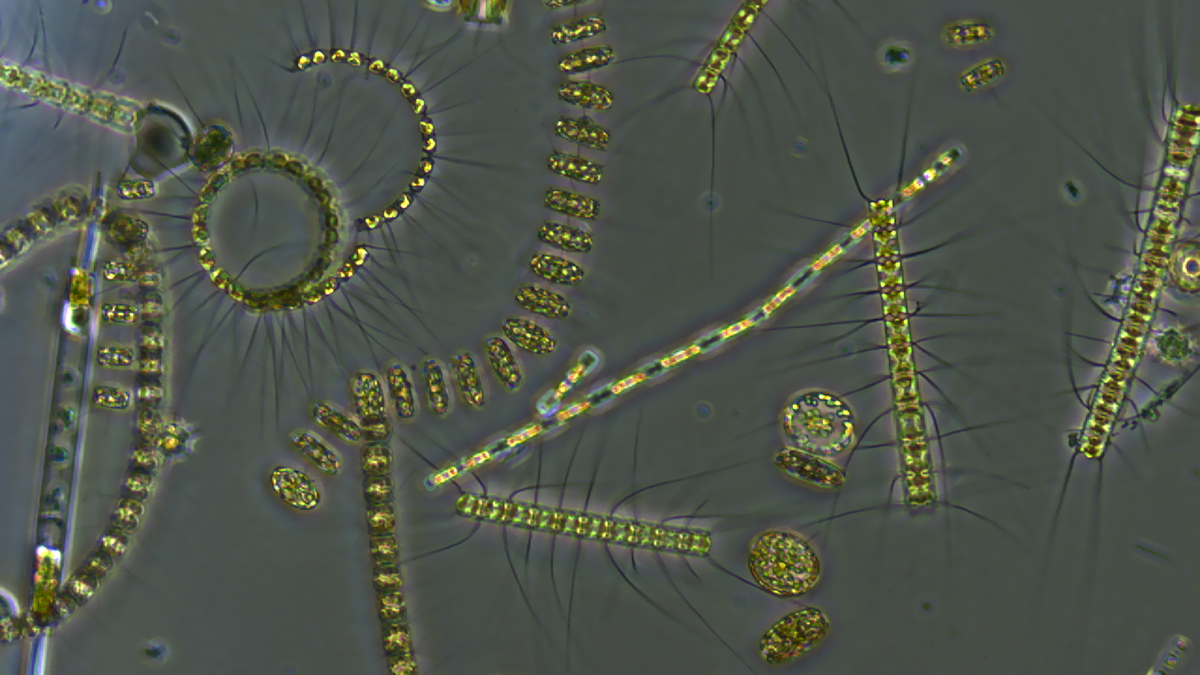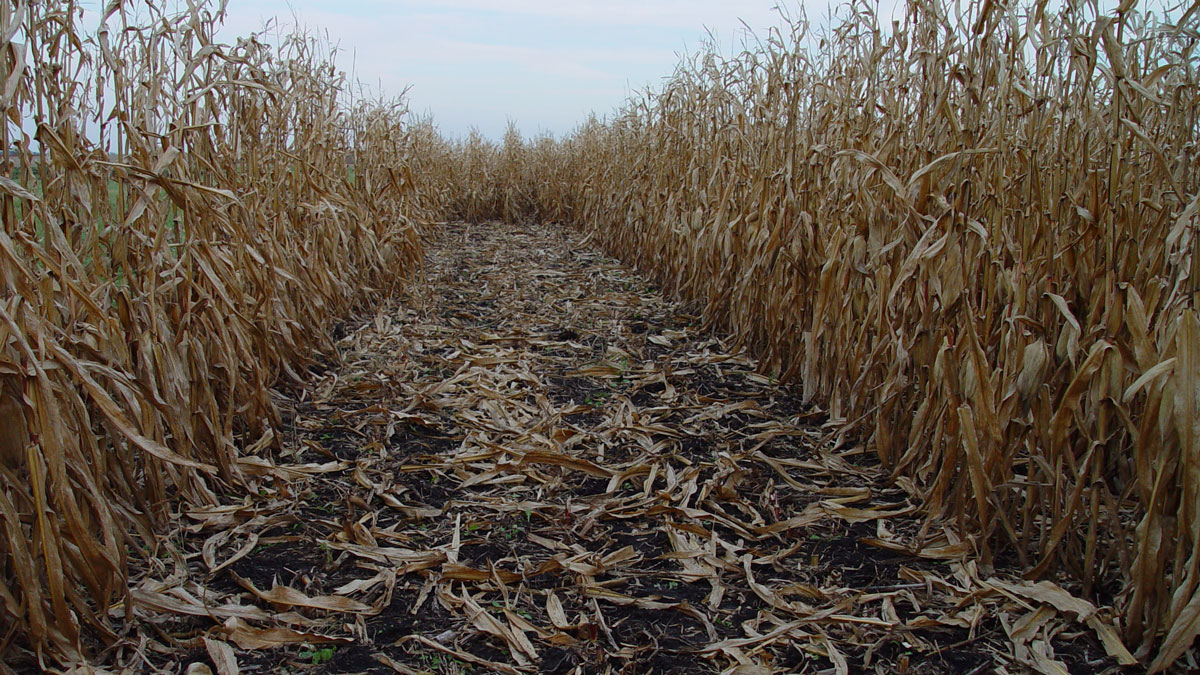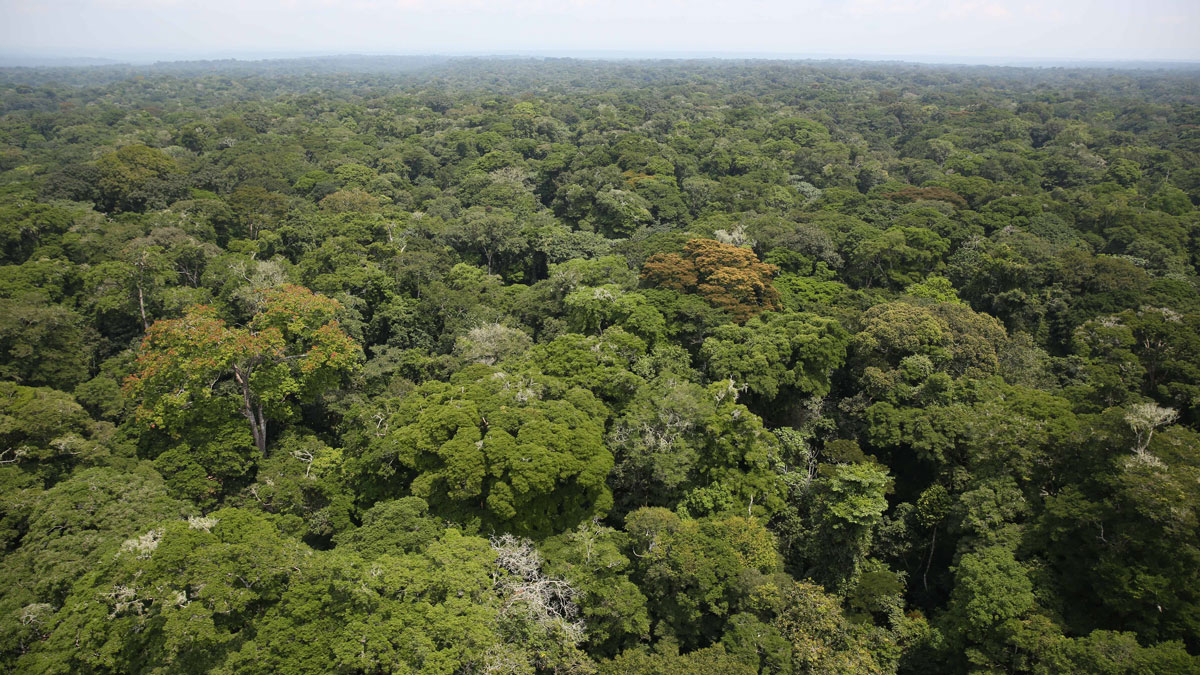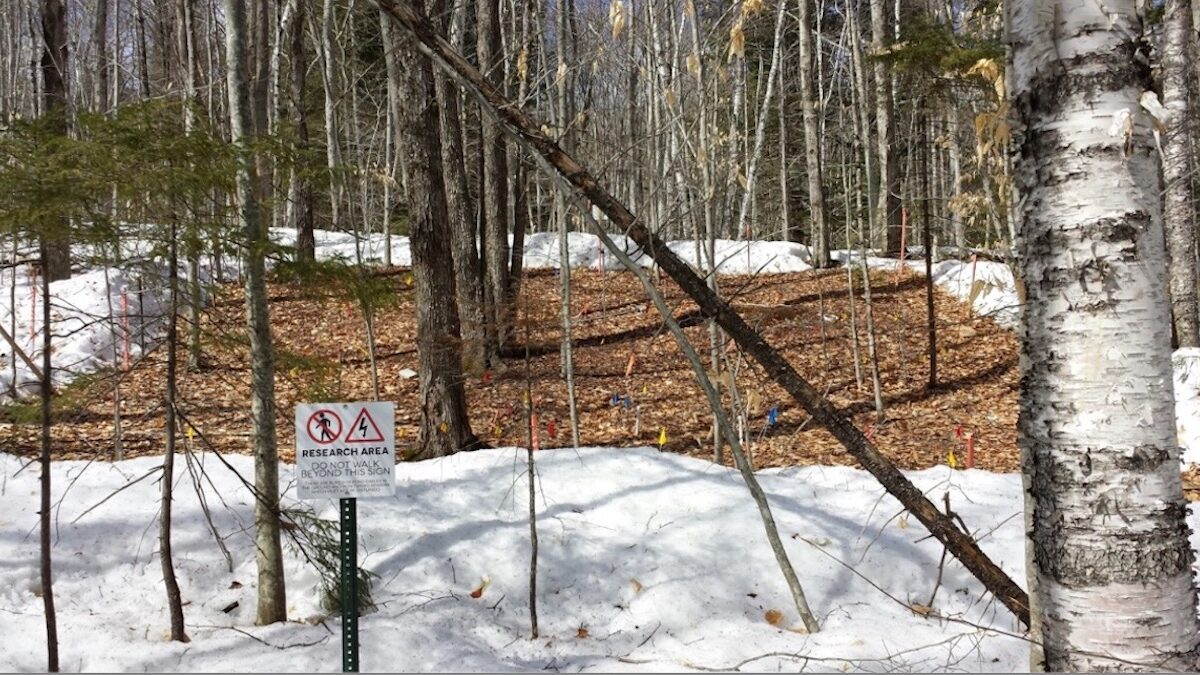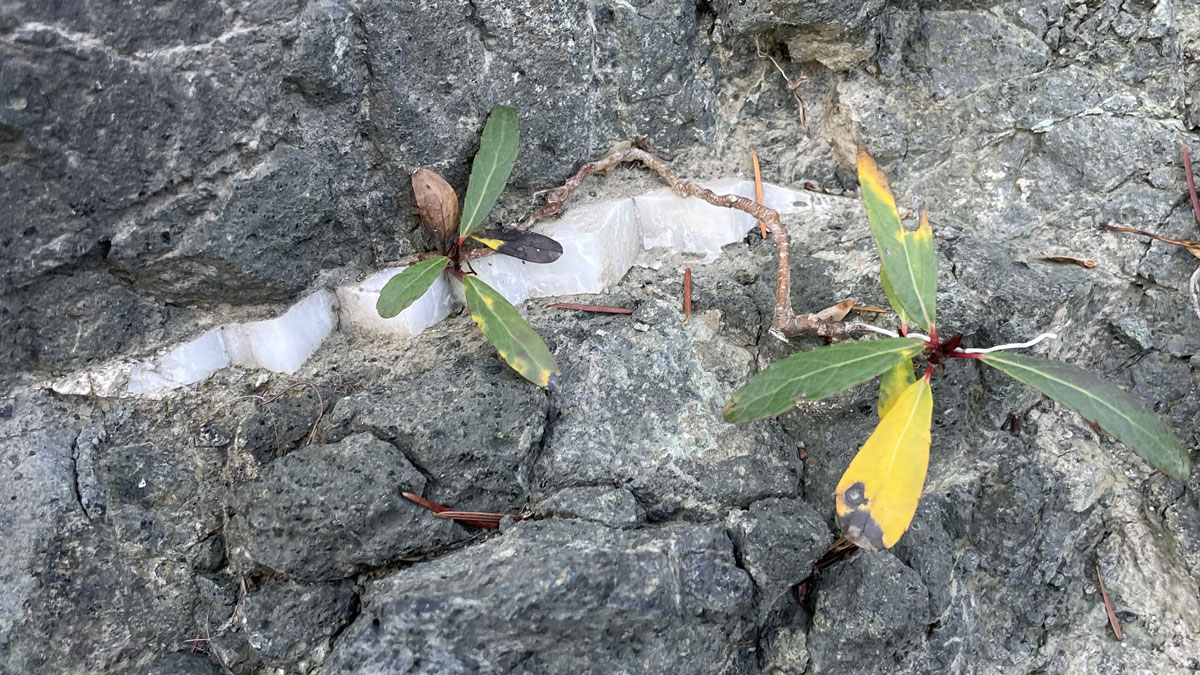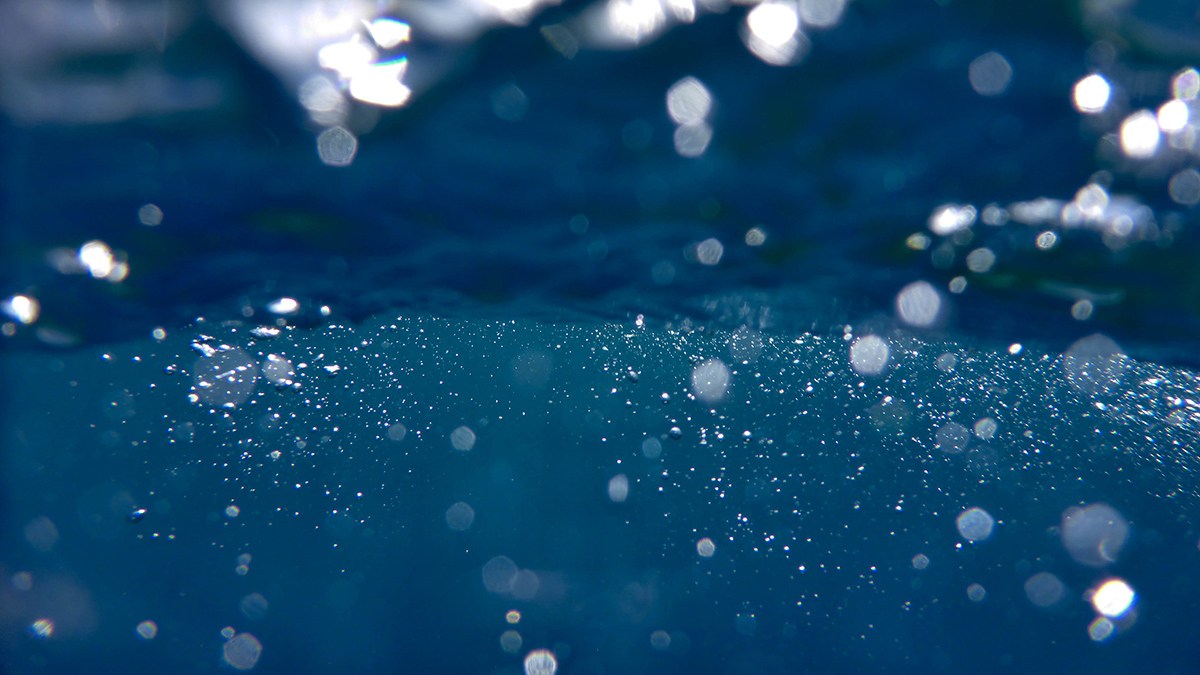New data show resilience among the rainforest’s giants, though scientists warn that nutrient limits and rising heat could end the trend.
carbon capture & sequestration
Marine Heat Waves Slow the Ocean’s Carbon Flow
When plankton find themselves in hot water, organic matters stalls at the surface and disrupts transport of carbon to the deep ocean.
In Arctic Soils, Methane-Eating Microbes Just Might Win Out over Methane Makers
Methanotrophs, including those that capture methane from the air, seem to outcompete methanogens in dry environments, a new study shows.
A medida que el Ártico se calienta, los suelos pierden nutrientes clave
El cambio climático calienta tanto el aire y el océano, como el suelo, donde los procesos clave que determinan la fertilidad y la captura de carbono operan en un delicado equilibrio.
How Might Leftover Corn Stalks Halt Fugitive Carbon?
Bio-oil made from plant waste could help limit carbon emissions from orphaned oil and gas wells. But would it help or hinder farmers’ bottom line?
Old Forests in the Tropics Are Getting Younger and Losing Carbon
New research quantifying the global impact of forest age transitions found that 140 million tons of aboveground carbon are lost per year because of old-growth forests being replaced by younger stands.
As the Arctic Warms, Soils Lose Key Nutrients
Climate change heats not only the air and the ocean but also the soil, where key processes that determine fertility and carbon sequestration operate in a fine-tuned balance.
Warming Winters Sabotage Trees’ Carbon Uptake
In temperate forests, the biomass-building benefits of warmer growing seasons are offset by damaging variability in winter weather—a disparity that climate models may miss.
Verdaderas soluciones climáticas están debajo de nosotros
Es momento de aceptar que el almacenamiento duradero de carbono en el subsuelo, junto con la reducción de emisiones, debe ser parte del plan para mitigar los efectos del cambio climático, y las geociencias deben desempeñar un papel central.
More Bubbles Means More Variation in Ocean Carbon Storage
A new model accounting for the role of bubbles in air-sea gas exchanges suggests that ocean carbon uptake is more variable than previously thought.

